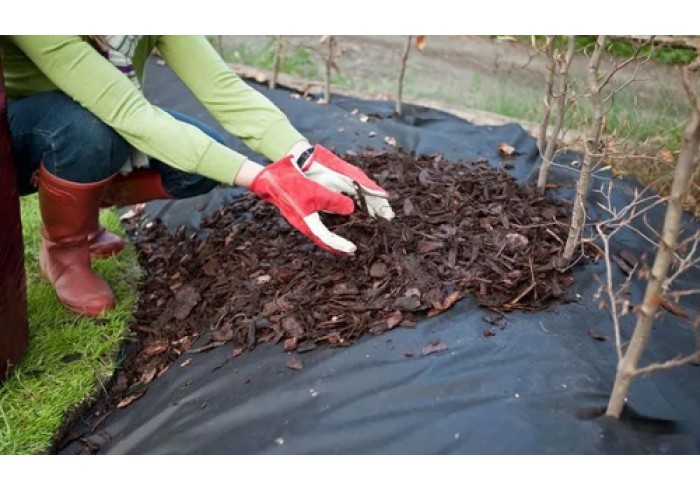Effectiveness of mulching in the fight against weeds
Mulching is an effective method of weed
control in agriculture and horticulture. It consists in covering the soil with
organic or inorganic materials. Organic mulch includes straw, hay, bark, and
peat. Inorganic mulch includes agricultural fabric, black agrofibre, film,
gravel, sand.
Here are some benefits of mulching in
the fight against weeds:
- An obstacle to the germination of weeds.
Mulch makes it difficult for weeds to germinate, as it does not allow sunlight
to pass through. Without access to light, many types of weeds will not be able
to grow effectively and compete with cultivated plants.
- Maintenance of soil moisture. Mulching
helps retain moisture in the soil, preventing its evaporation. This is
particularly useful in arid regions, where reduced evaporation helps conserve
water.
- Preservation of soil structure. Mulching
can prevent soil wash-off during rain and reduce wind erosion. It also protects
the soil from overheating, which can negatively affect its structure.
- Reducing the need to use chemical herbicides.
Mulch helps control the growth of weeds, reducing the need for chemical
protection against them.
- Preservation of the attractive
appearance of fruits. Thanks to covering the soil with a layer of mulch,
vegetables and berries remain clean and undamaged, so there is no contact with
the ground.
It is worth noting that the
effectiveness of mulching can depend on several factors, such as the type of
mulch, the type of weeds, climatic conditions and methods of mulching.
Therefore, it is important to take into account local conditions and
recommendations of specialists to achieve the best results in the fight against
weeds.
Agricultural fabric and black agrofibre
Agreen TM are known in agriculture as effective
types of mulching materials. For more than 20 years, they have been in great
demand among farmers and agrarians. You can learn more about agricultural
fabric and mulching agrofibre, as well as place a wholesale order, on our
website.



